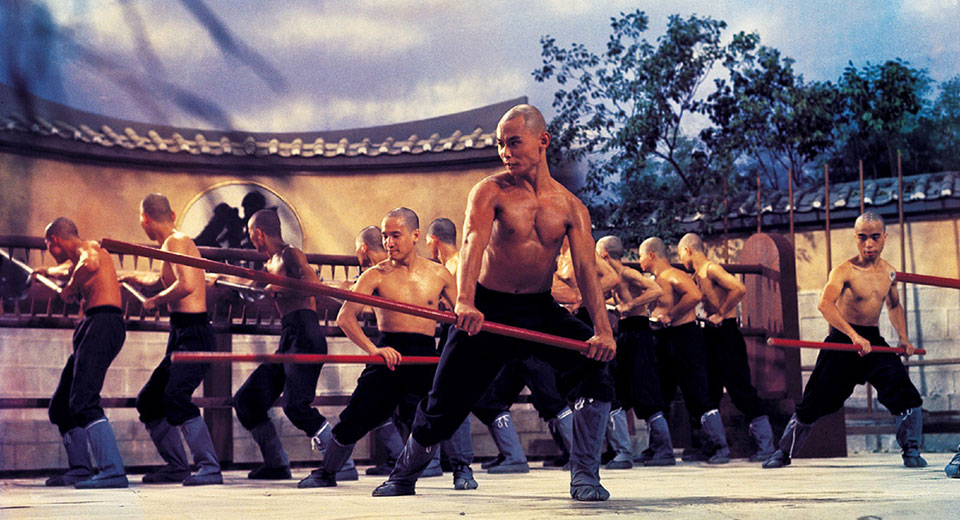


Many critics argue that the minimalist means of production plays directly into the appealing "street" quality that makes the album a classic, including Ben Yew, who stated, "Because didn't have the best mixing or recording equipment, the album is wrought with a 'dirty' quality-the drums have more bass and are more hard-hitting than they are crisp and clean the samples have an eerie, almost haunting type of echo and the vocals, because each member's voice is already aggressive and gritty, perfectly match the production." Although Ol' Dirty Bastard is given co-production credit on "Da Mystery of Chessboxin'" and Method Man is co-credited for "Wu-Tang Clan Ain't Nuthing ta F' Wit," critics and admirers universally credit RZA with developing a "dusty yet digital production style helped legitimize the use of more diverse sample sources to the hardcore New York rap massive, breaking away from James Brown based beats and embracing a style that turned the Underdog theme into the menacing coda for a group of underground terrorists."Įnter the Wu-Tang ushered in a new standard for hip-hop at a time when hip hop music was dominated by the jazz-influenced styles of A Tribe Called Quest, the Afrocentric viewpoints of Public Enemy, and the rising popularity of West Coast gangsta rap. He complemented the rappers' performances with "lean, menacing beats that evoked their gritty, urban surroundings more effectively than their words," according to Stephen Thomas Erlewine of Allmusic. The use of soul samples and various esoteric clips, and the technique by which RZA employed them in his beats was unique and largely unprecedented in hip-hop. The gritty sound of Enter the Wu-Tang is due, at least in part, to the use of cheap equipment to produce the album. Group leader RZA produced Enter the Wu-Tang (36 Chambers) by creating sonic collages from classic soul samples and clips from martial arts movies such as Shaolin and Wu Tang (1981).


 0 kommentar(er)
0 kommentar(er)
